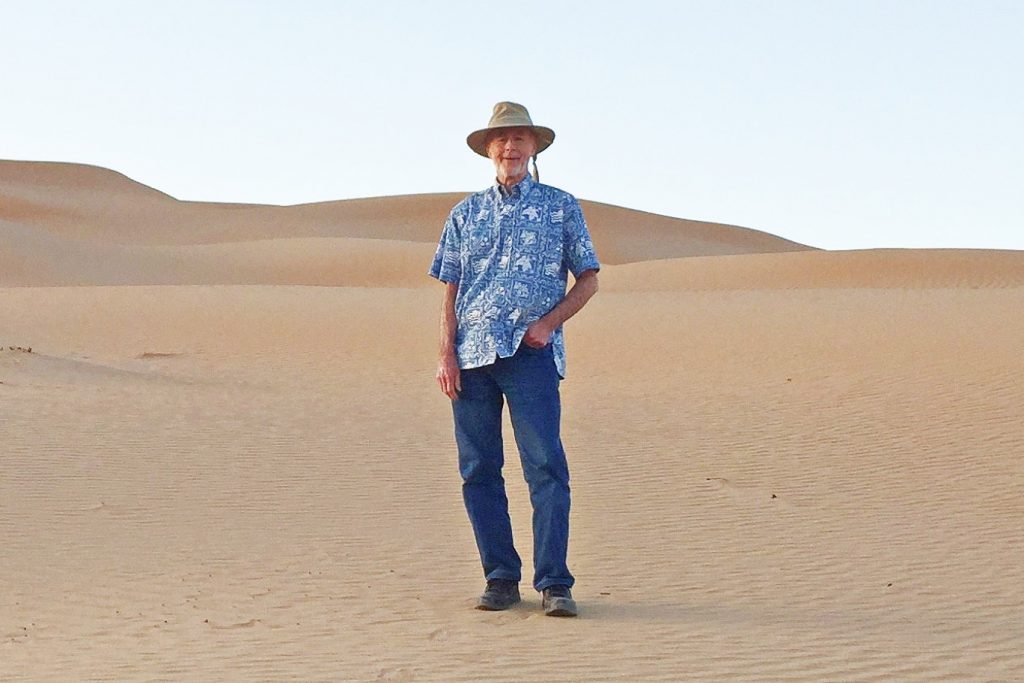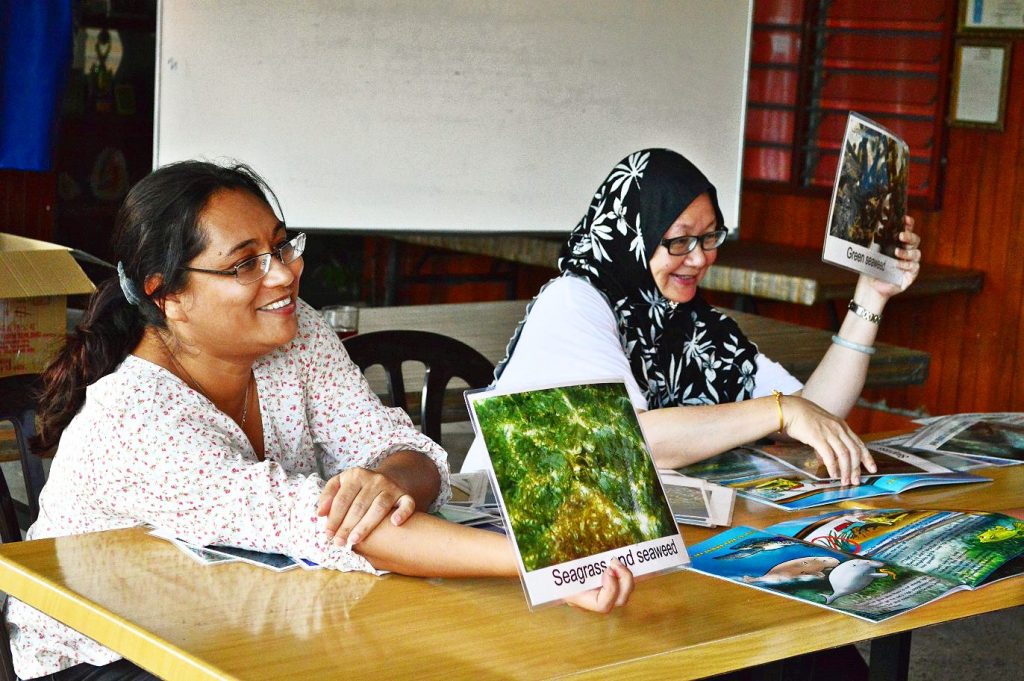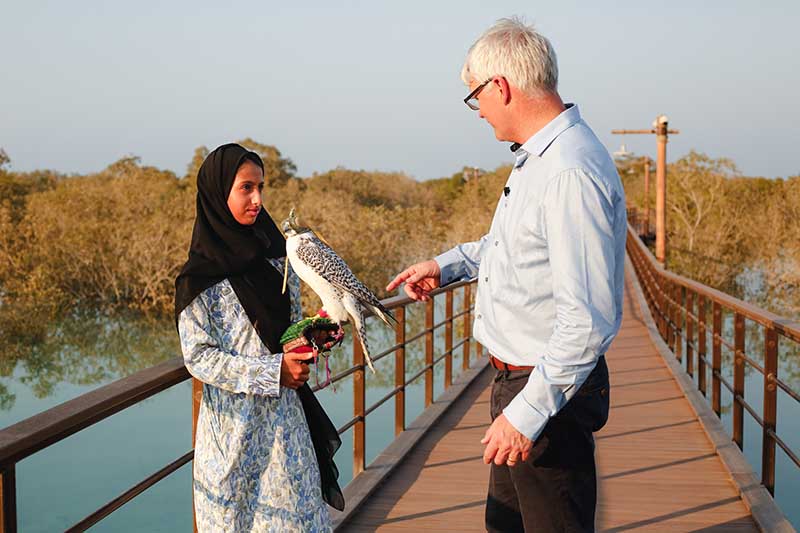Some might argue that the conservation movement began before the industrial era in 1662 when John Evelyn presented his work called “Sylva or a discourse on forest trees and the propagation of timber in His Majesty’s dominions” to the Royal Society. Others would credit John Muir and the Sierra Club for starting the modern movement. Either way, the need to protect a natural resource, dates back centuries and at the core of every conservation effort are passionate, determined people willing to go the extra mile.
From the early 1920’s, Sheikh Zayed’s thirst for knowledge took him into the desert with Bedouin tribesmen to learn all he could about the way of life of the people and the environment. Information and skills shared with generations and what would eventually lead to the formation of the Mohamed bin Zayed Species Conservation Fund.
Over the past 14 years, the MBZ Fund grew its network to include over 10,000 passionate people on the ground from conservationists, biologists, ecologists, field workers and volunteers that aided the more than 2700 projects supported by the Fund. The common denominator associated with every successful conservation project is a human driving success.




